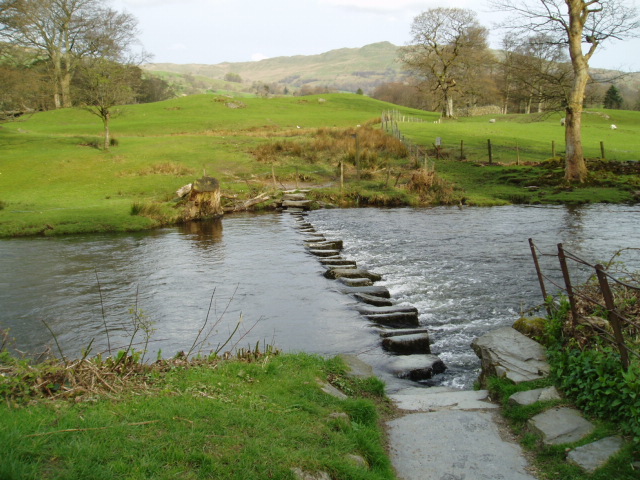Footbridges
Enlarge text Shrink text- TEST
- Frampton, K. Calatrava bridges, c1976:
- Web. 3
- Design report for stadium area elevated pedestrian walkways, Weller Street, 1998:
- Google search, Dec. 27, 2000
- OCLC, Dec. 27, 2000
A footbridge (also a pedestrian bridge, pedestrian overpass, or pedestrian overcrossing) is a bridge designed solely for pedestrians. While the primary meaning for a bridge is a structure which links "two points at a height above the ground", a footbridge can also be a lower structure, such as a boardwalk, that enables pedestrians to cross wet, fragile, or marshy land. Bridges range from stepping stones–possibly the earliest man-made structure to "bridge" water–to elaborate steel structures. Another early bridge would have been simply a fallen tree. In some cases a footbridge can be both functional and artistic. For rural communities in the developing world, a footbridge may be a community's only access to medical clinics, schools, businesses and markets. Simple suspension bridge designs have been developed to be sustainable and easily constructed in such areas using only local materials and labor. An enclosed footbridge between two buildings is sometimes known as a skyway. Bridges providing for both pedestrians and cyclists are often referred to as greenbridges and form an important part of a sustainable transport system. Footbridges are often situated to allow pedestrians to cross water or railways in areas where there are no nearby roads. They are also located across roads to let pedestrians cross safely without slowing traffic. The latter is a type of pedestrian separation structure, examples of which are particularly found near schools.
Read more on Wikipedia >
 Topic
Topic



















